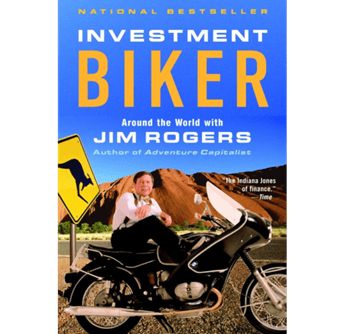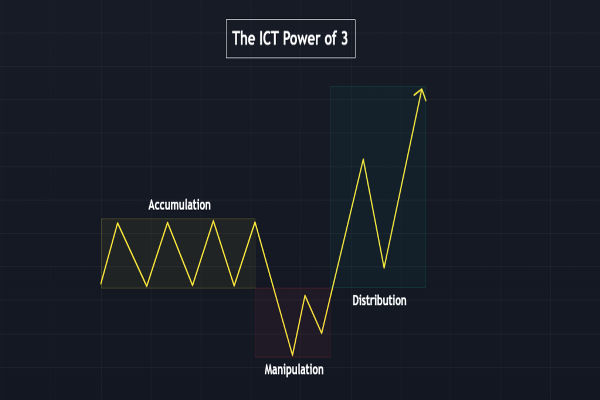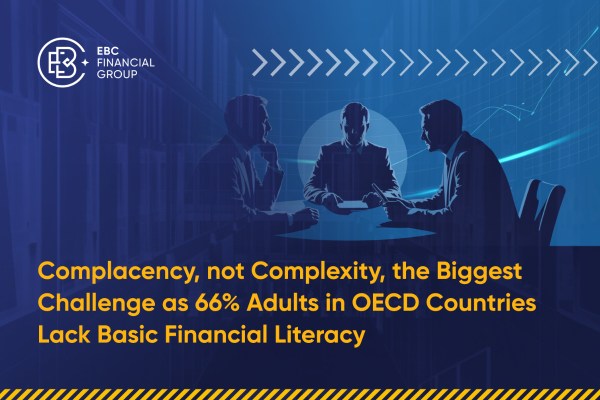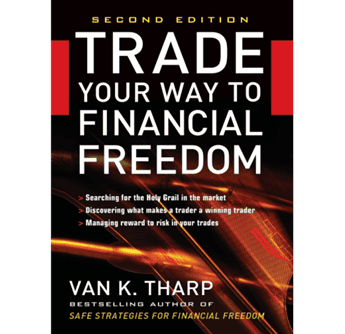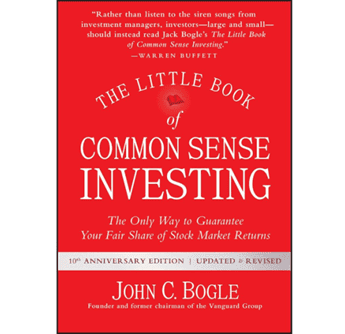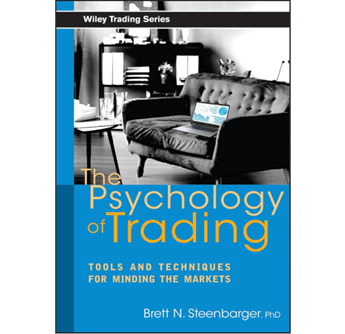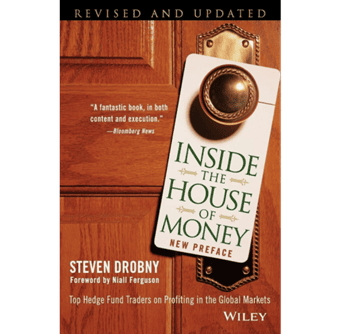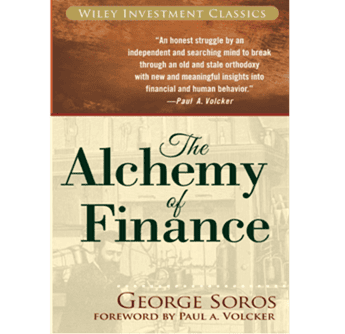
Few finance books read like travel literature, and few travel books read like a practical investing primer. Investment Biker accomplishes both. Jim Rogers rides across continents and returns with observations that dissolve fashionable complexity and reveal straightforward, durable lessons for investors.
Below, the article will keep Investment Biker at the centre, extracting practical investing lessons for portfolio construction, macro awareness and the behavioural habits that separate durable investors from the rest.
What Investment Biker is and why investors should care
Investment Biker is exactly what its subtitle promises. It is a travelogue about a finance professional who chose two wheels and on-the-ground observation over screens and summaries.
For investors accustomed to consuming markets through data feeds and consensus write-ups, Investment Biker offers a corrective. Jim Rogers shows that first hand observation, an appetite for history and an ear for local nuance often reveal risks and opportunities that headline numbers miss.
The book is candid, entertaining and frequently sharp. That is part of its appeal. By the time the reader finishes a chapter about a dusty commodities town or a bustling local market, the investment insight is already embedded in a human story. That combination makes the lessons in Investment Biker durable.
Central themes in Investment Biker
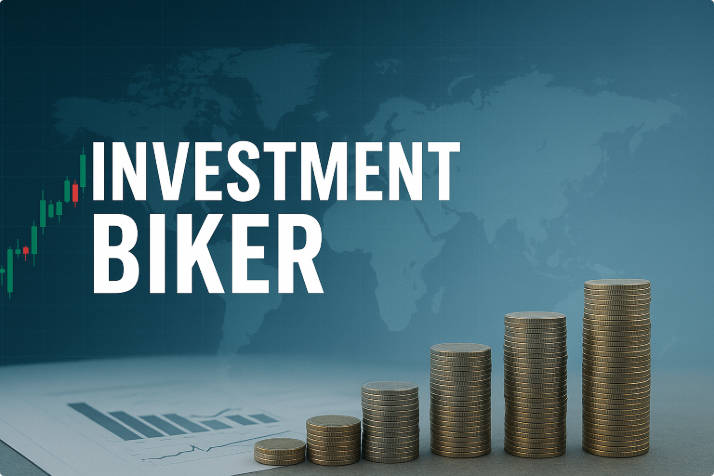
Three ideas recur through the narrative and deserve emphasis.
Curiosity. Rogers treats every country as a classroom. He asks practical questions about cost of living, infrastructure, agricultural conditions and political sentiment. Those micro observations frequently prefigure macro moves.
Boots on the ground research. A steady contrast in Investment Biker is between official statistics and lived experience. Local anecdotes about empty factories or booming ports can be stronger early warnings than delayed economic data releases.
Macro humility. Travelling widely exposes the fragility of policy, institutions and supply chains. That forces a continual reappraisal of assumptions. The message of Investment Biker is not to discard models but to temper them with context.
These themes are relevant for investors across styles. They encourage a tilt away from blind model worship and towards informed scepticism.
Four direct investing lessons from Investment Biker
1. Look where others are not looking
Rogers finds stories in places the market overlooks. For investors this implies value in broadening the investment universe beyond headline sectors and large markets. Emerging supply bottlenecks, overlooked commodities and regional winners can produce asymmetric returns when identified early.
2. Commodities are physical and local, as Investment Biker repeatedly shows
Throughout the journey Rogers emphasises tangible drivers of commodity prices. Visiting mines, ports and farms teaches that commodity cycles are real, often local and sometimes idiosyncratic. That argues for a disciplined approach to commodity exposure rather than treating commodities as abstract numbers.
3. Local politics alter valuations materially
A recurring theme of Investment Biker is that policy shifts, regulatory enforcement and local politics often change financial outcomes. Investors should treat political risk as a first order input to country allocation decisions.
4. Narrative without valuation is speculation
Rogers enjoys stories but remains drawn to cheap assets. Investment Biker reminds readers that conviction should sit beside valuation. The road confirms that attractive outcomes often start where price already reflects pessimism.
Portfolio implications drawn from Investment Biker

Translating the book's travel lessons into portfolio rules yields several concrete adjustments.
Diversify by information set, not merely by asset class. A portfolio that combines quantitative signals with qualitative checks reduces blind spots.
That means adding field reporting, specialist reads and, when practical, selective country visits to an investor's research toolkit.
Include a measured allocation to commodities or commodity linked instruments. Investment Biker repeatedly shows how supply disruptions, policy shifts and local cycles swing prices.
For long term investors seeking an inflation hedge and exposure to structural shortages, commodities merit a considered slot.
Tilt allocation to resilience. Countries and sectors with reliable institutions, predictable policy frameworks and robust supply chains should form the backbone of capital intended for steady compound growth. Riskier, high alpha ideas can occupy a smaller, opportunistic sleeve of the portfolio.
Investment Biker observations mapped to portfolio actions
|
Investment Biker observation |
What it implies for an investor |
Practical portfolio action |
| Empty factories, idle local industry |
Local industry stress often precedes earnings downgrades |
Reduce exposure to local industrial equities; favour quality dividend payers |
| Visible infrastructure investment such as new ports or roads |
Structural growth potential in the region |
Consider infrastructure ETFs or increase regional allocation selectively |
| Commodity production disruption observed on site |
Short to medium term supply tightness likely |
Add commodity futures, commodity ETFs or producers with cost advantages |
| Rapid retail or construction activity in a city |
Domestic demand pick up may be underway |
Increase selective exposure to consumer discretionary or construction materials |
| Signs of regulatory clampdown or political instability |
Elevated and persistent policy risk |
Reduce country exposure; consider hedging with FX positions or global instruments |
Behavioural takeaways from Investment Biker
Rogers is frank about the discomfort that often accompanies unpopular positions. Much of Investment Biker celebrates patience. Two behavioural rules follow.
First, cultivate a disposition to accept discomfort. Investing that simply chases social proof will underperform when market regimes change. Second, practice thoughtful contrarianism. This is not contrarianism for effect but a willingness to hold an underpriced asset when fundamentals justify it.
Finally, avoid information overload. Investment Biker demonstrates that selective, high quality observations trump the deluge of minor updates that produce noise.
How to apply Investment Biker lessons today

Expand your research checklist to include qualitative, on-the-ground indicators. They need not be expensive.
Speak with industry participants, read local language reporting when possible and track port or shipment data for commodity markets.
Use travel as research time. Even short visits provide colour that improves conviction.
If travel is impossible, engage local journalists, industry newsletters and specialised forums.
Introduce a small but meaningful commodities sleeve suited to your risk tolerance. Think in terms of 3 to 10 per cent allocations depending on objectives.
Rebalance with a bias to quality. When Rogers encounters cheap but structurally compromised assets he is cautious.
Likewise, set rebalancing thresholds that reduce the risk of catching falling knives.
Frequently Asked Questions
Q1: What is Investment Biker about?
A1: Investment Biker is Jim Rogers' famous account of his round-the-world motorcycle journey, combining travel narrative with sharp investment insight. The book explores how real-world experiences, economic observation and curiosity about different countries can guide smarter investment decisions.
Q2: Why is Investment Biker still relevant for investors today?
A2: Investment Biker remains relevant because its lessons on firsthand research, market observation and independent thinking apply to every market cycle. Rogers' approach reminds modern investors to look beyond data screens and understand the physical, political and human factors that move markets.
Q3: What key investing principles can readers learn from Investment Biker?
A3: Readers learn the importance of curiosity, patience and contrarian thinking. Investment Biker teaches that true value often exists where few are looking, and that disciplined research supported by direct observation can uncover opportunities before they reach mainstream attention.
Q4: How does Investment Biker relate to commodities and global markets?
A4: Much of Investment Biker focuses on commodities as the foundation of real economies. Rogers' travels highlight how supply constraints, local production conditions and policy changes directly affect commodity cycles. Investors can use these insights to build diversified portfolios that respond to global economic trends.
Q5: Who should read Investment Biker?
A5: Investment Biker is ideal for investors who want to expand their global perspective, understand macroeconomic forces and develop an independent mindset. It suits anyone interested in combining financial insight with a deeper understanding of how countries, resources and people shape market outcomes.
Q6: How can investors apply lessons from Investment Biker in practice?
A6: Investors can apply Investment Biker lessons by incorporating qualitative research, diversifying across regions and commodities, and maintaining patience during market noise. Observing real-world trends and valuing data through practical context helps strengthen long-term investment decisions.
Conclusion
Investment Biker is not a blueprint for a single trade. It is a mindset manual. The core lesson is deceptively simple. See more, assume less and price everything with an eye to reality.
Investors who adopt that modest, inquisitive stance will be better placed to avoid surprises and to capture opportunities when the market finally accepts what the road already shows.
Disclaimer: This material is for general information purposes only and is not intended as (and should not be considered to be) financial, investment or other advice on which reliance should be placed. No opinion given in the material constitutes a recommendation by EBC or the author that any particular investment, security, transaction or investment strategy is suitable for any specific person.
